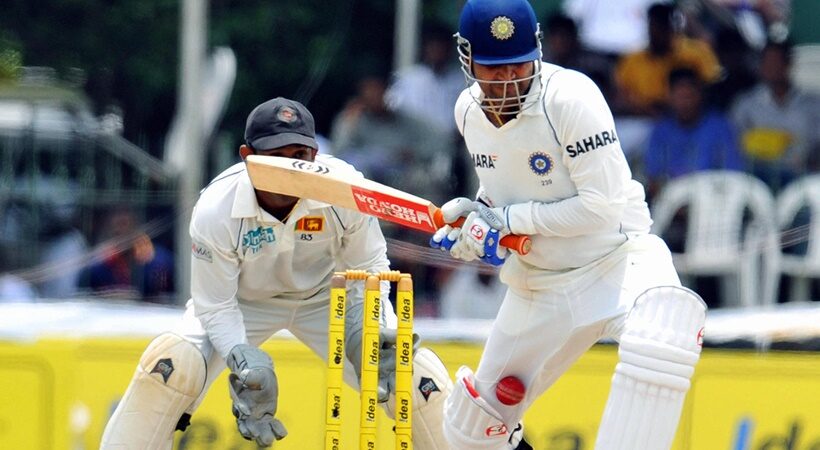Technology has been a boon for a sports arena, including cricket. These days every team has the luxury of technology to fall back upon if it feels it has been done in by an unfair decision. So, let us focus on DRS that has greatly transformed the way the game is played now. There is a tectonic shift in cricket currently from what it used to be before the advent of the DRS.
Read More: How To Save Test Cricket From Extinction?
What is UDRS or DRS?
The Umpire Decision Review System (UDRS) or Decision Review System (DRS) is a new-age technology used in cricket to help on-field umpires in taking appropriate decisions. This was considered a boon for the game in general as certain decisions used to suffer from the limitations of a naked eye. For example, a close LBW or a catch call or a runout decision would be impossible for the on-field umpire to judge correctly.
This is where a DRS comes into the equation as it dissects the entire scenario with clarity to enable almost foolproof decision-making. Though it has to be added that this technology is not 100 percent accurate, its efficacy has come under scrutiny in some scenarios. But game experts have given it 90-95 out of 100, implying that the margin of error is only minimal or minute.
When Did It Enter Cricket Arena?
Prior to DRS on-field umpires used to refer certain close calls to the third umpire, who leaned on TV replays to arrive at logical conclusions. The DRS was initially employed to test its efficacy in an India-Sri Lanka Test match in 2008 and then the ICC got the system officially launched in a 2009 Test match involving Pakistan and New Zealand (Dunedin). It initially faced resistance from some cricket boards, especially the BCCI, as they were not fully convinced with the fairness and accuracy of the system.
Looking at the distrust towards the DRS, the ICC made it optional, to be used with the mutual consent of two boards, after mandating the usage of the system in the beginning. However, ICC kept on working on some controversial or problematic aspects of the system to bridge the corridor of uncertainty, especially concerning the LBW decisions, and an updated system was introduced in an ODI between Ireland and South Africa in 2016. Then in Feb 2017, the ICC decided to use the new DRS for all future ICC World T-20 tournaments.
Number Of Reviews Available In Each Format
The DRS can be utilized by teams as well if they are not satisfied with the on-field umpire’s call. However, there are certain restrictions with regard to the usage by the teams and these vary according to the format:
Test Cricket
A team used to get two unsuccessful reviews per innings. However, following the pandemic, the limit has been raised from two to three, albeit temporarily.
ODI
In the 50 overs game, each team has one unsuccessful review, which again got revised temporarily to two in 2020.
T-20
Unlike Tests or ODIs the number of unsuccessful reviews for a team remains one per innings. The same guideline is followed even in domestic T-20 leagues like IPL, Big Bash etc.
Umpire’s Call
This facet of DRS has attracted a lot of flak in recent times from cricketers as well as outsiders. The Umpire’s Call means in the absence of certainty with regard to a DRS call the on-field umpire’s original decision stays. To put it simply it implies that in case the team opts for a DRS and the system cannot prove a decision convincingly then the initial call taken by the on-field umpire will be used to finalize the decision. The only silver lining for the aggrieved team is that it will not lose a review if the Umpire’s Call is not in its favour.
Conclusion
Despite certain limitations, this has proved to be quite beneficial for all the cricket-playing nations. Some calls might have been inaccurate but most of the time DRS has been bang on the target. So, the plusses outnumber the minuses in the case of DRS, and it is certainly a valuable addition to cricket. It is time to stop complaining about the technology.



















